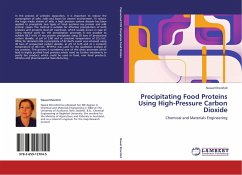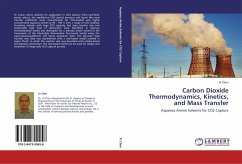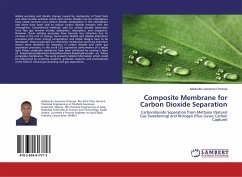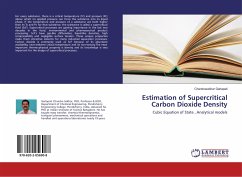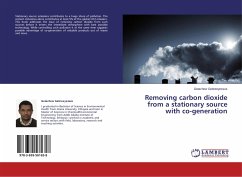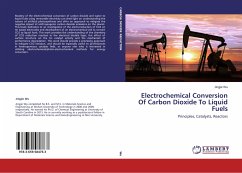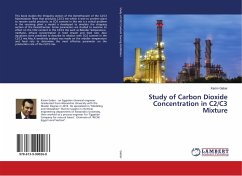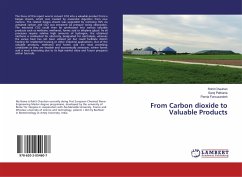In the process of proteins separation, it is important to reduce the consumption of salts, acids and bases for cleaner environment. To reduce the huge waste stream of salts, a high pressure carbon dioxide has been applied to precipitate two types of food proteins: soy protein and milk protein casein. The method is suitable for effective precipitation of both proteins and prevents local pH overshoot, which usually occurs in case of using mineral acids for the precipitation processes. It was possible to achieve 68.3 wt% of soy protein precipitate using 30 bars of pressurized carbon dioxide, at pH of 5.60 and at constant temperature of 22±1oC. While for skimmed milk a precipitate of 67.4wt% casein was achieved using 30 bars of pressurized carbon dioxide, at pH of 6.25 and at a constant temperature of 40±1oC. RP-HPLC was used for the qualitative analysis of soy proteins. This process is considered one of the clean processes which lead to highly purified food proteins which need no further treatments to purify the product, which could be used in food, non food products, athletes and pharmaceutical manufacturing.
Bitte wählen Sie Ihr Anliegen aus.
Rechnungen
Retourenschein anfordern
Bestellstatus
Storno

